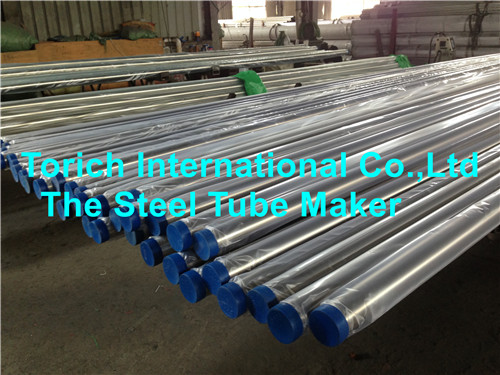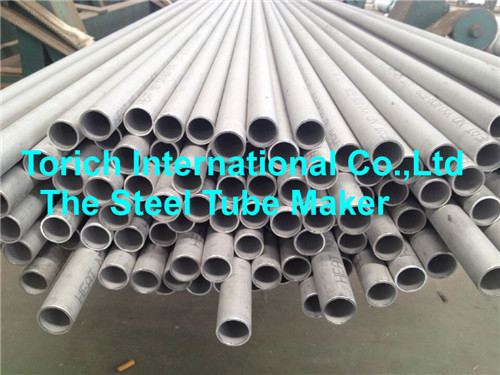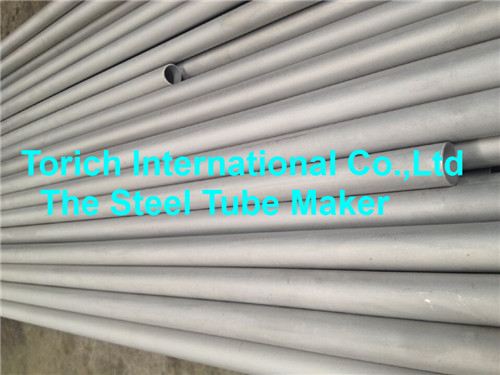Structure and operation of electrolysis equipment
The former Soviet Union adsorption gold extraction plant used ÐУ-1 and ÐУ-1M type electrolytic cells equipped with porous right-fruit cathodes. The slab-shaped slab (Fig. 1a) and the porous graphite cathode (Fig. 1b) are two large surface area cathodes developed by the Institute of Metallurgical Physical Chemistry of the Siberian Branch of the former Soviet Academy of Sciences (I1ФХI1MC CO AHCCCP), and the electrodes are developed into the above two kinds of electrolysis. groove. Figure 1 Structure of the chip cathode (a) and the porous graphite cathode (b) 1-electrode body; 2-graphite material; 3-pipe joint; 4-conductive blade chuck; 5-pressed grid The chip cathode is formed by a large number of vertically arranged plates separated by a spacer and assembled on the frame, and has a large total surface area. During the electrowinning process, the noble liquid is supplied from the lower portion of the electrode group, and then flows through the gap between the plates to cause an electric gold reaction. Tests have shown that the height of the sheet-like plates is up to 100 times the spacing of the plates. If you increase the height of the plate, it will reduce the efficiency of the plate. When the volume of the sheet cathode is 3.4 L, the total surface area of ​​the cathode group is 5 m 2 . If an electrolytic cell equipped with 10 chip cathode groups is used, when the gold recovery rate is 95%, about 5 m 3 of noble liquid can be treated every day and night, and its efficiency is 9 times higher than that of the same size flat cathode electrolytic cell. . The former Soviet Union now uses a porous graphite cathode because it has a higher production efficiency than a sheet anode. The porous cathode has a central chamber structure, and the graphite material as a cathode conductor is pressed against the wall on the side of the center chamber by a grid cover. The noble liquid is supplied into the inside of the negative plate through the pipe joint, and an electric current process occurs when passing through the pores of the graphite fiber. The outer dimensions of the porous graphite cathode are the same as those of the chip cathode, but its production efficiency is 3-4 times higher than that of the sheet cathode. This is because the graphite material has a large surface area (1g ВВП-66-95 type graphite material has 0.3 m 2 surface area), and more metal can be deposited. Under optimal electrowinning conditions, 1 kg of graphite can deposit 50 kg of metal. The graphite matrix material contained in the sediment was less than 2% of the total weight of the precipitate. In the former Soviet Union, gold was extracted from the thiourea noble liquid using a ÐУ-1M type electrolytic cell as shown in Fig. 2. Tank timber is made of titanium, and the power supply to the motherboard both side walls of the fixed cathode and the anode. There is a working space and an external overflow chamber in the housing. The external overflow chamber is used to receive the precious liquid from which part of the gold is removed. The working space can be loaded with 10 cathode groups and 11 anode chambers. The anode chamber is composed of a non-conductive polyethylene or a "П" frame made of plexiglass. The frame is provided with an inlet and outlet for the anolyte, and the ion exchange membrane is pressed against the side wall of the anode chamber of the titanium frame plate. During the production process, 1% to 2% of sulfuric acid solution is injected into the anode chamber and placed in the titanium mesh anode. Figure 2 ÐУ-1M type electrolytic cell 1-conductive blade; 2-powered mother pole; 3-slot body; 4-guide device; 5-plate; 6-cathode; 7-joint; 8-yin, anolyte discharge tube; 9-separator; 10-anode; 11-polyethylene frame Since the volume of the anolyte in the anode chamber is not large, the volume current density of the operation is as high as 25 A ∕ L, so the acidity of the anolyte increases rapidly during the electrolysis process, which affects the life of the anode. In order to eliminate the influence of acid, a low acid anolyte is continuously supplied from the high level tank to the anode chamber during the electrowinning process, and the high acid liquid is returned to the high level tank to continuously circulate. Power is supplied to the cell using a Ð’ÐКГ-630A/6V silicon rectifier. A conductive blade for powering the anode and cathode chambers, one end connected to the hinge on the electrode and the other end embedded in a spring clip welded to the conductive mother board. In order to prevent electrical contact between the opposite charges, the cathode group and the anode chamber are fixed at respective positions of the electrolytic cell casing with insulated fixing tips. The precious liquid (catholyte) enters the electrolytic cell, which is a pipe joint that enters the cathode group through the header tank through the high-level tank, and then fills the working space through the graphite electrode, and finally overflows out of the electrolytic tank. As the electrowinning progresses, gold and silver in the noble liquid are continuously deposited in the voids of the graphite electrode. When the electrode gap is gradually filled with gold, the flow rate of the solution passing through the cathode group is also gradually lowered. When the flow rate of the catholyte drops sharply, it indicates that the deposition of gold on the graphite has reached a maximum. At this point, the electrowinning should be stopped, the cathode group removed from the tank to remove the cathode precipitate, and then the cathode is assembled with new graphite material and then electrowinned. The typical equipment connection and process flow for electrowinning from the precious liquid is shown in Figure 3. It includes the filtration of precious liquids, electrolysis, the discharge of cathodic deposits, washing, drying and burning. Figure 3 Equipment connection and principle flow of the electrolysis section 1- noble liquid storage tank; 2-corrosion resistant pump; 3-filter press; 4-high level tank; 5-electrolyzer; 6-anolyte high level tank; 7-air separator; 8-air lifter; 9-cathode assembly workbench; 10-discharge cathode deposition platform; 11-resistance furnace; 12-weighed industrial balance The noble liquid in the storage tank 1 is pumped to the filter press 3 through the pump 2 to remove suspended slime particles, wood chips and broken resin, so as to prevent the graphite cathode from being clogged by the slime or the like, thereby reducing the electrolysis efficiency and the cathode deposit quality. The filtered precious liquid overflows into the high level tank 4 and from there into the cathode chamber of the electrolytic tank. The lean liquid after extracting part of the gold by the electrowinning is moved into the high-position tank by the air lifter and then flows into the cathode chamber, and the residual gold content in the solution reaches the prescribed value after being circulated. The anolyte in the high level tank 6 is supplied to the anode chamber of the electrolytic cell. The high acid liquid discharged from the anode chamber is sent back to the high tank by the air lifter, and after being used for a certain period of time until the acid is reached to a certain concentration, it is sent to the acid treatment for the resin, and water is added to the high tank. The cathode having a maximum amount of deposited gold is washed and dried in a tank 5 through which compressed air and water are introduced. That is, the water is discharged to the cathode group where gold has been deposited for 5 to 10 minutes, and after stopping the water, the compressed air is blown to blow off the water in the sediment. The washed and dried precipitate is discharged from the cathode group onto the platform 10. The precipitate is placed in a titanium pan in an electric resistance furnace 11, and is fired at 500 to 600 ° C. After the graphite material is burned off, the metal block is weighed and sent to the smelting or delivery.
Stainless Steel Tubes including following Steel Grade:
304/304L, 316/316L, 314, 321, 347H, 316Ti, 316LMod, 317L/N, 310S, 253MA, 330, 904L, S31254, XM-19, etc.
TP410, TP405, TP420, TP430, TP430Ti, TP403, TP409, TP444, TP439, TP446, etc.
S31803, S32304, S31500, S32550, S32750, S32760, etc.
Welded Stainless Steel Tube,Welded Stainless Steel Pipe,Welding Thin Stainless Steel Tube,Seamless Welded Stainless Steel Tube TORICH INTERNATIONAL LIMITED , https://www.steeltubepipechina.com





